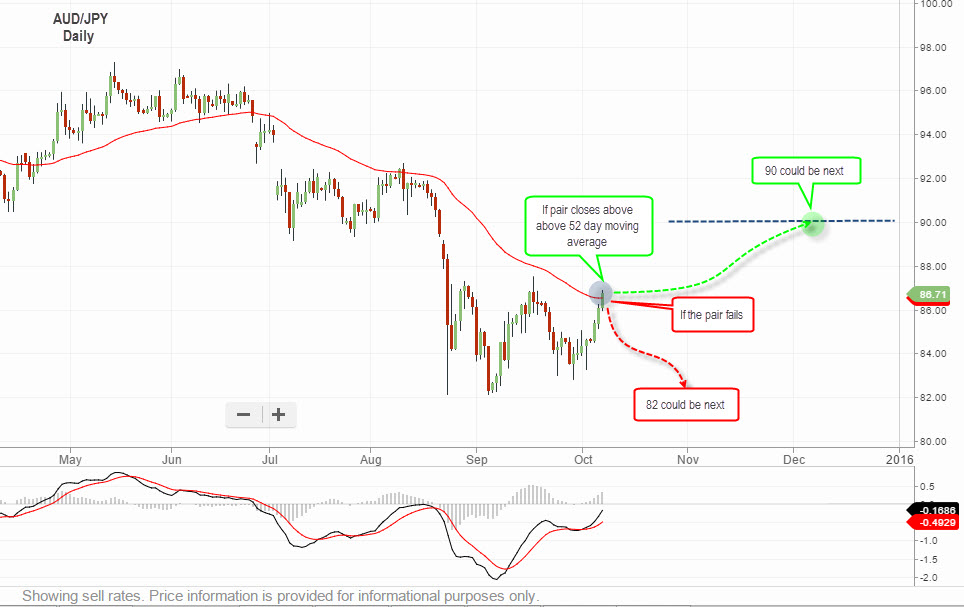Retail Sales to Boost Dollar Appetite?
Some might believe that the fate of the US economy is in the hands of the Federal Reserve Bank officials. Others may believe that the “wolves” of Wall Street are the controlling factor. Well, both are true, but not to the extent one might presume. In fact, the US economy is driven by a much stronger entity, i.e. the American consumer. That’s right; all of those millions of individuals going about their business buying and selling goods account for nearly 2/3rds of the US economy. That makes consumer activity, and especially retail sales, an excellent indicator of US economic health.
This Wednesday, we learn just how “healthy” the American economy really is, when retail sales figures are released. On Thursday, we’ll get another clue to the US economic situation when CPI data is released. Then on Friday, markets will turn their focus across the Atlantic to get the latest data on Eurozone CPI, which is a critical piece of the Eurozone’s economic puzzle. Of the three main events, US retail sales will hold the most interest for investors.
US Consumer could Tip Fed’s Scales
On Wednesday, the US Census Bureau will release retail sales figures for the month of September. Over the past several months, retail sales have been lackluster, to put it mildly. However, investors are hopeful that back-to-school sales events and Labor Day sales will have pushed that figure higher for the month. If retail sales are strong, that could tip the scales in favor of a Fed rate hike in this calendar year.
Paradoxically, though a rate hike doesn’t necessarily bode well for equity investors, strong retail sales tend to build hopes for Wall Street earnings. If retail sales disappoint, expectations of Fed tightening could be dispelled. However, with the Christmas holidays (and the accompanying holiday shopping frenzy) fast approaching, there’s still some hope that this year’s retail sales won’t be a complete wash.
Core Inflation another Piece in Fed’s Puzzle
Besides retail sales, the Fed will view September’s CPI data as another piece of its monetary policy puzzle. Specifically, the Fed will want to know if the core inflation rate, which strips out volatile components such as fuel and food, has edged closer to its 2% target. In August, at 1.8%, core CPI came within a hair’s breadth of hitting the Fed’s target. On Thursday, the Fed will need to see that inflation figure hit the bull’s eye of 2% to underpin or validate an interest rate hike.
Fed officials have said recently that they’re optimistic that US inflation will gradually quicken and finally hit the Fed target. However, the US bond market seems far less optimistic with the spread narrowing between US Treasuries and Treasury Inflation-protected securities. A disappointment in CPI, especially core, could keep the Fed on the fence for a rate hike and lift Wall Street.
Draghi Decision Dependent on Eurozone CPI
Like its counterpart, the European Central Bank will scrutinize the Eurozone’s CPI figures which come out on Friday. Inflation in the Eurozone has been slowing, in spite of the ECB’s heroic efforts to jumpstart the stagnant economy. If CPI remains weak, that could provide some lift to European indices, e.g. the German DAX and the French CAC-40. That’s because continued weak CPI could be Mario Draghi’s tipping point for additional stimulus. On the other hand, disappointing CPI would likely put the Euro under renewed pressure.
Down to Business
This week’s main event undoubtedly is the retail sales figure to be released on Wednesday. An upbeat figure will play into the Fed’s rhetoric that an interest rate hike is still on the table for this year. At the same time, a strong figure could provide optimism for equity investors as it translates into higher earnings for Wall Street. It’s been said that the hand that holds the purse strings is the hand which rules. We’ll have to wait to see if that holds true for the US economy.
On the plate
UK inflation(Tuesday) – If UK core inflation edges higher the Sterling stands to gain.
UK Unemployment(Wednesday) – If UK unemployment falls below 5.5% the sterling and the FTSE100 stand to gain.
US Retail Sales(Wednesday) – The main event of the week. A robust retail sales figure will favor both wall street indices and the dollar.
US Inflation(Thursday) – If core inflation in the United States hits 2% that would revive bets of an upcoming fed rate hike and would support the dollar.
Eurozone Inflation(Friday) – If Eurozone core inflation edges above 1% that will be seen as a positive sign for the Euro since it could signal no additional stimulus is needed from the ECB.
Chart of the week – AUD/JPY
Economic Calendar:
Real Time Economic Calendar provided by Investing.com.


